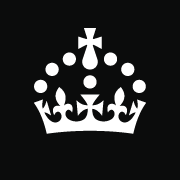Raising Awareness
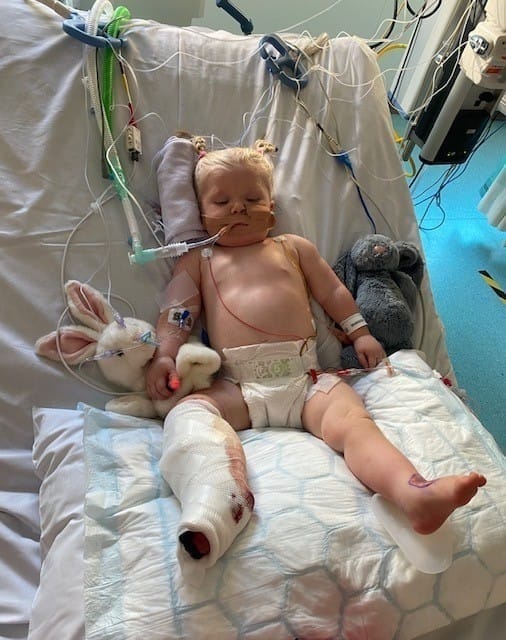
At 16 months old, Tavie developed invasive group A strep sepsis and incured damage to many of her organs. The intensive care unit fought hard to keep Tavie alive whilst her organs recovered but she will have lasting damage to her brain and her lungs. Whilst she was so unwell, it was not possible to administer life-saving drugs through her veins, so a needle was placed into her leg bone as a last resort to keep her alive. Unfortunately, this dislodged during treatment and has resulted in amputation to her right lower limb.
Without the life-saving treatment from the medical teams, Tavie would not be alive. However, she will continue living her life with additional needs and disabilities.
Reflecting on this, we want to raise awareness for the cause (1) and the effect (2) of her illness.
1) Strep A and sepsis - to try and prevent this happening to another child and family
Please watch to learn about Strep A and sepsis in children or keep scrolling to read more information!
2) Children living with visible difference - the world is changing, but disability and visible differences still come with a degree of stigma and burden. We want to ensure that children of Tavie's generation and beyond grow up in a world that is supportive and accepting of difference, with lives filled with exciting opportunities and not boundaries.
Please watch to hear about Tavie's onwards journey as an amputee with a visible difference, or keep reading below for more information
1) Strep A:
Strep A is a bacterial infection which is more common in children than adults.
Most infections with strep A are mild, and can be easily treated with antibiotics. However, in rare cases (such as Tavie's), it can become invasive and become life threatening (known as invasive Group A Strep (iGAS). Please use the links below to read more about Strep A.
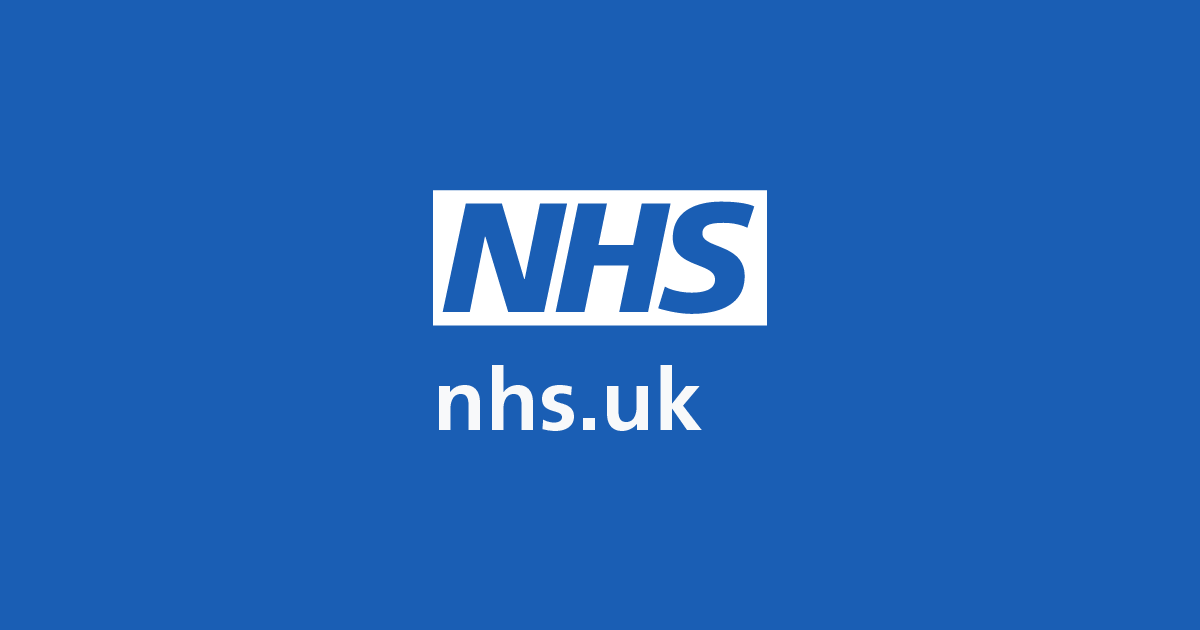
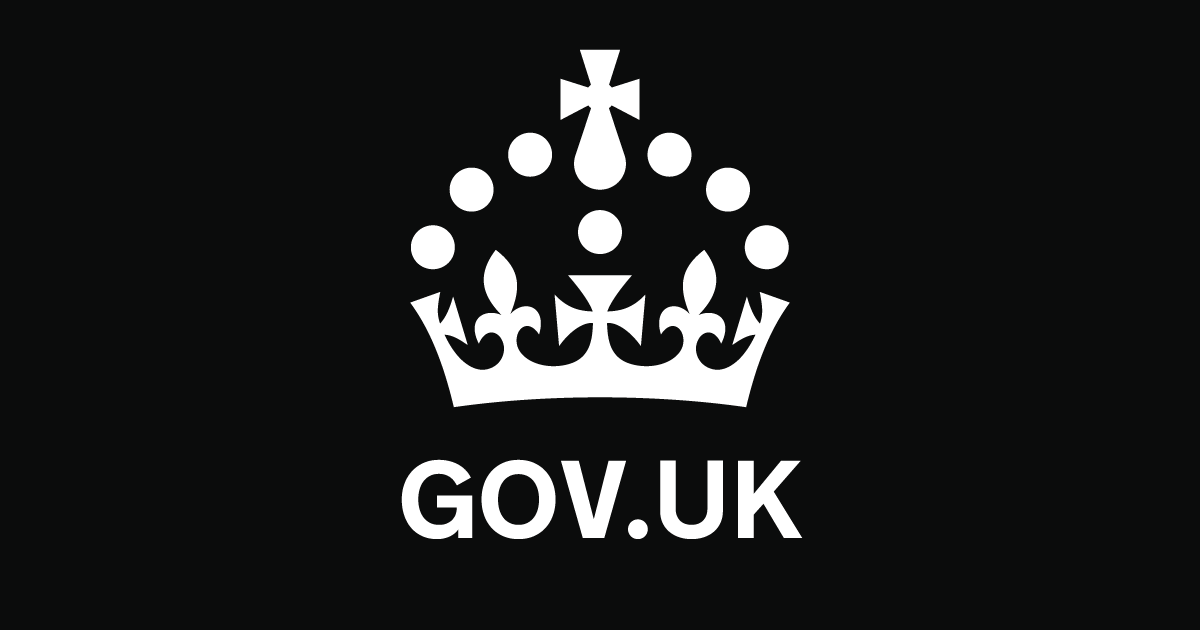
Sepsis: this is a life-threatening reaction to an infection which happens when your immune system overreacts to an infection in your body, causing damage to your body's tissues and organs.
Call 999 or go to A&E if*:
An adult or child has any of these symptoms of sepsis:
- acting confused, slurred speech or not making sense
- blue, grey, pale or blotchy skin, lips or tongue – on brown or black skin, this may be easier to see on the palms of the hands or soles of the feet
- a rash that does not fade when you roll a glass over it, the same as meningitis
- difficulty breathing, breathlessness or breathing very fast
- a weak, high-pitched cry that's not like their normal cry
- not responding like they normally do, or not interested in feeding or normal activities
- being sleepier than normal or difficult to wake
It is really important to realise that they may not have all these symptoms. If you are worried, you should seek help immediately. Sepsis kills and time matters.
*taken from the NHS website on sepsis, which is linked below:
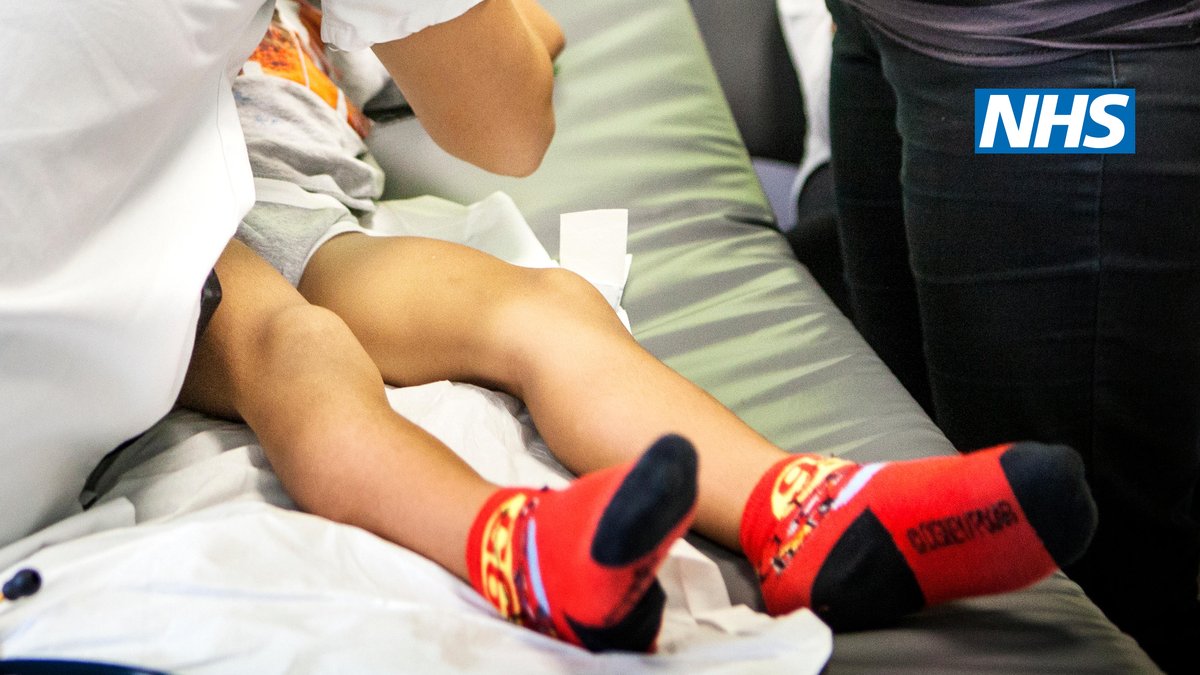
2) Children living with visible difference

Tavie has been unbelievably resilient throughout this process, and we have been amazed at her progress following the amputation on the 23rd April, 2024. Prior to surgery, the doctors were not able to tell us exactly what level of amputation she would require. GOSH put us in touch with our local NHS prosthetic rehabilitation unit before her operation, this was helpful as we knew very little about amputations and prosthetics. They described the pros & cons of each level of amputation; the process afterward; and explained what she was entitled to in the UK. Going into the operation, we felt stronger being armed with information.
We want to share our story far and wide to raise as much awareness as possible. As we gather more information, we will keep updating this page!
Prosthetics
As we live in the UK, we are fortunate that the NHS will provide Tavie with a walking limb and a sports limb until she is 18 years old. Thereafter, the NHS provide a walking limb only to adults. Private prosethetics are 'tens of thousands of pounds' and we have been advised to start saving for this if possible.
Rehabilitation
We will be under the Royal National Orthopaedic Hospital in Stanmore for Tavie’s prosthetic rehabilitation. A team of doctors, physiotherapists and prosthetists will see her regularly to work out what she needs to be able to walk; fit her with prosthetics and teach her to walk with the new limb. At Tavie’s age we have been told that she should adjust well to this, she will never remember any different. As she is so young, we have been warned we may need to return frequently for new prosthetics as she grows. The team will teach us how to spot when she is growing out of her prosthetic.
Stanmore have an Instagram page @rnohprosthetics where they share lots of important information including videos.
Research in prosthetics for young people in the UK
In 2016, the Department of Health and Social Care committed £1.5 million to child prosthetics. Half of this funding was dedicated to the provision of activity limbs through the NHS to help children run, swim and play sport using specialised sports prostheses. In 2017, the first child received their sports limb prescription on the NHS.
The other half of the budget went towards setting up a Child Prostheses Research Collaboration, aimed to invest in new innovations to help children with limb loss reach their full potential. D4D were given the role of leading the NIHR Child Prosthetics Research Collaboration, known as The Starworks Network. The aim was to increase research focus across the system in order to accelerate the translation of new inventions and developments in child prosthetic into everyday use, centred around the needs of children, families and the NHS.
Starworks is a young people’s prosthetic research collaboration which brings children and their families together with key opinion leaders from the NHS, Industry, Clinical Academia and leading National Research Centres with capabilities in child prosthetics.
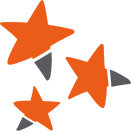
Steel bones
This is a community which supports amputee families to live life to the full, overcoming the trauma of amputation. They connect amputees and their families with other amputees to motivate and inspire each other. Amputees share their stories online, and they also host events in multiple locations around the UK. We haven’t met with them yet, but we have found their website a great source of comfort and support:


